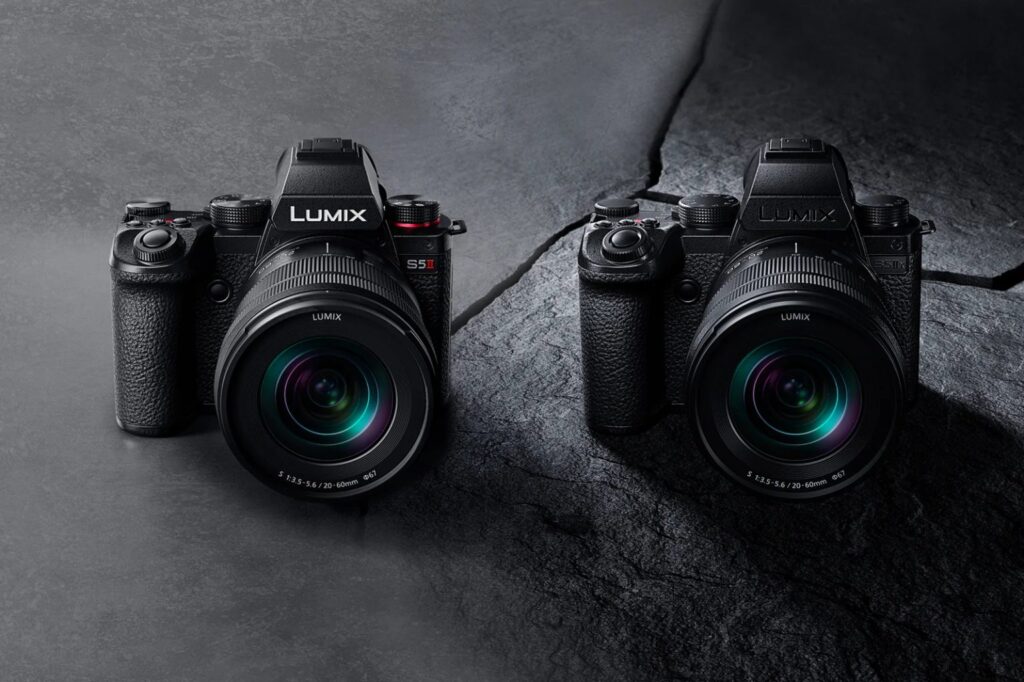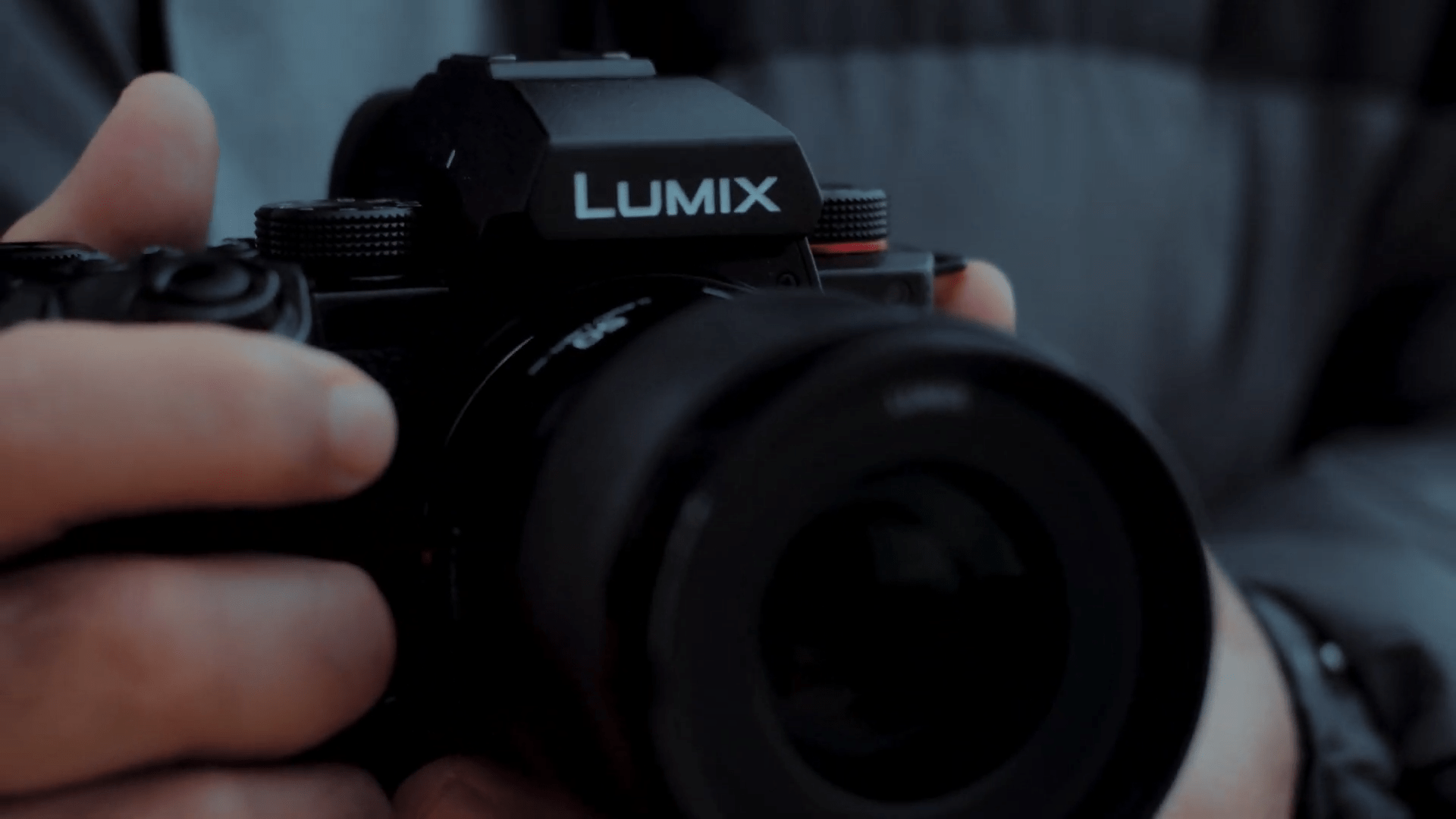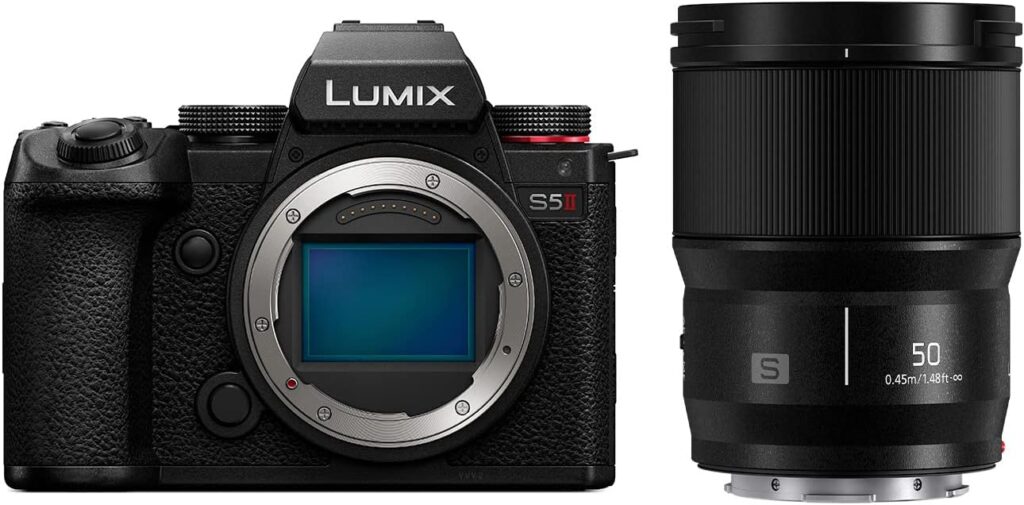Exploring the Lumix S5 II: A Comprehensive Review
Six months ago, I decided to invest in the Lumix S5 II. If you’re considering doing the same, I can’t blame you. In my opinion, it’s the best hybrid camera available in the sub-$2000 price range. Especially for video shooters.

In this article, I’ll share why I love this camera, touch on a few areas where Lumix could improve, and recommend some lenses that offer the best image quality for the money. It’s important to note that everything I mention about the S5 Mark II applies equally to the S5 Mark II X, as they are essentially the same camera.
Image Quality
Let’s start with the biggest strength of the S5 Mark II: image quality. Having shot on Canon for the last three years, I still love the images my Canon cameras produce. I’ve also worked with Sony cameras and prefer Canon’s output over Sony’s. The Lumix S5 Mark II combines the best of both systems. The colors are as pleasing as Canon’s, and the dynamic range and low light performance rival Sony’s.
When shooting in V-Log, the detail in the shadows and the ability to recover highlights are remarkable. The image is clean with minimal noise, and when noise is present, it has an acceptable pattern. The S5 Mark II produces a filmic look with enough detail without the overly digital appearance that many filmmakers dislike.
In terms of color grading, I can push and pull the image to extremes without it breaking or showing excessive artifacts. My workflow typically involves minor color corrections and applying one of my LUTs from my filmic LUT pack. I also add a little halation and slightly reduce the mid-tone detail. This results in a look that I’m very happy with. The roll-off resembles that of many cinema cameras, which cost significantly more than the S5 Mark II.
However, no camera is perfect. The main weakness of the S5 II is its rolling shutter performance. While it’s acceptable, it’s not impressive. You can mitigate this by shooting in APS-C crop mode, which increases the readout speed and improves rolling shutter performance. For my shooting style, rolling shutter isn’t a major concern, but it might be for you. Additionally, there is an APS-C crop when shooting in 4K 60fps. Despite these issues, the S5 II‘s image quality surpasses nearly every other camera in this price range, making these drawbacks negligible.
Image Stabilization
Another area where the Lumix S5 Mark II and S5 Mark II X excel is image stabilization. These cameras have the best in-body image stabilization (IBIS) I’ve ever used in a full-frame camera. One might wonder if you get those nasty corner wobbles when shooting at wide focal lengths, as with Canon IBIS. Using the Lumix 18mm f1.8, I can vlog with minimal corner wobbling, which is impressive for such a wide focal length. In the clip below, you can see my test with vlogging with the 18mm lens:
I appreciate that Lumix allows you to turn off IBIS if you prefer to eliminate any potential wobbles altogether. In addition to IBIS, the S5 Mark II offers electronic stabilization and a boost mode, making static handheld shots look like they were shot on a tripod.
Overall, Lumix leads the industry in providing smooth and stable handheld footage.
Additional Features
The image quality and IBIS, combined with Lumix’s reliable phase-detect autofocus, justify my love for this camera. The S5 Mark II also boasts features like dual base ISO at 640 and 4000, dual card slots, and the ability to connect an XLR adapter via the hot shoe for professional audio. This makes it ideal for documentary and narrative work. It supports open gate recording, up to 6K resolution, anamorphic de-squeeze, and a special IBIS mode for anamorphic lenses. It includes waveforms, zebras, synchro scan, and many more features typically reserved for high-end cinema cameras.

Physically, the camera is impressive too. It’s weather-sealed, well-built, and comfortable to hold, with plenty of customizable buttons and knobs. It has a fully articulating screen and an EVF. It’s a video-centric hybrid camera, but it’s also a capable photography camera. It doesn’t overheat, even in hot climates, thanks to the built-in fan, allowing for extended shooting sessions.
Areas for Improvement

While the Lumix S5 Mark II is impressive, there are a few minor areas for improvement. These aren’t deal breakers but could enhance the camera’s performance.
First, additional autofocus modes would be beneficial, particularly a face-only mode. This would prevent the camera from focusing on your hands if you talk with your hands and briefly cover your face, and it would stop the camera from focusing on the background if you leave the frame.
Secondly, the camera loses phase-detect AF when shooting at 120fps, and touch tracking is a bit quirky. Improving these aspects would make the S5 II’s AF even better than Canon and Sony’s. Currently, I rate Canon and Sony’s AF at 10/10 and the S5 II at 9.8.
Who Should Buy This Camera?
The Lumix S5 Mark II is for anyone seeking a high-end professional hybrid camera with cinema features without a hefty price tag. If you’re interested in this camera, there are a few things to note. It only comes with a USB cable for charging, so you’ll want to buy a charger and extra batteries for all-day shooting. I suggest the charger and batteries bundle from Wasabi.
The bundle with the 50mm f1.8 lens is a great deal; even if you don’t need it, you can sell it on eBay. If you have EF lenses from Canon, the Sigma MC-21 adapter works well with the S5 Mark II autofocus.
For the ability to record directly to an SSD and shoot in ProRes, consider the S5 Mark II X for an additional $200.
If you found this review helpful and want to purchase the S5 Mark II or any of the recommended lenses and accessories, please use the links in the article. If you’re still not sure whether or not to buy the Lumix S5II, then check out my article 5 Things You Should Know Before Buying the S5II. If you want to shop around more, or you’re looking for an even more advanced camera and don’t mind spending more, check out my video on the top 5 cameras for videography and filmmaking or my other list for 5 videos for videography and filmmaking under $1000:
* As an Amazon Associate I earn from qualifying purchases. The links above earn commission. Thanks for the support!


